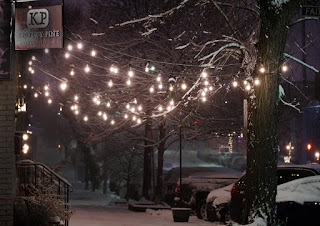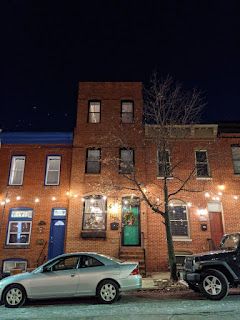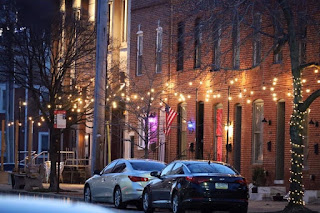A Note From Your Neighbors: Let's Illuminate The Block

Hi Neighbor! If you're here, you want to learn more about the neighborhood lights project on the 100 block of North Ellwood Ave. We want to give you all the information needed so that you can make an informed decision about whether or not you want to participate. There have been an increasing number of streets adding café lights along their sidewalks. Not only are these lights beautiful, they add an element of safety on the block. READ: Canton Residents Stringing Lights Along Dark Streets In Hopes Of Deterring Crime This is not a project the city does, so we are relying on your help. Each house that wishes to participate would pitch in some money. There's a one-time cost of $125 to install the lights and as more houses participate the costs goes down for everyone. Then there's an on-going cost of $4-5 to keep the lights on per month. Please fill out this form so we can gauge interest in the project: Ellwood Lights Survey Who should I talk to if I have ...

